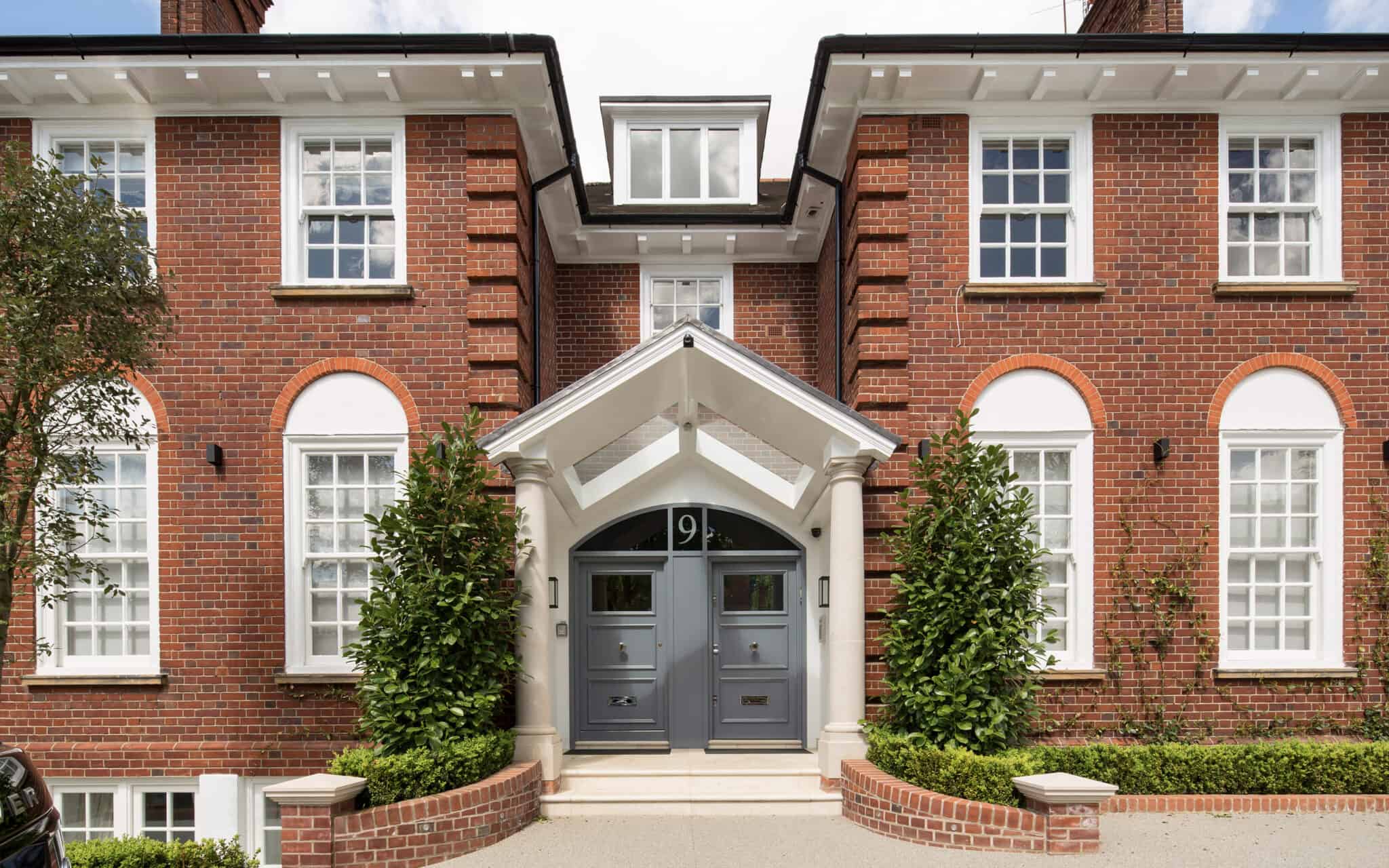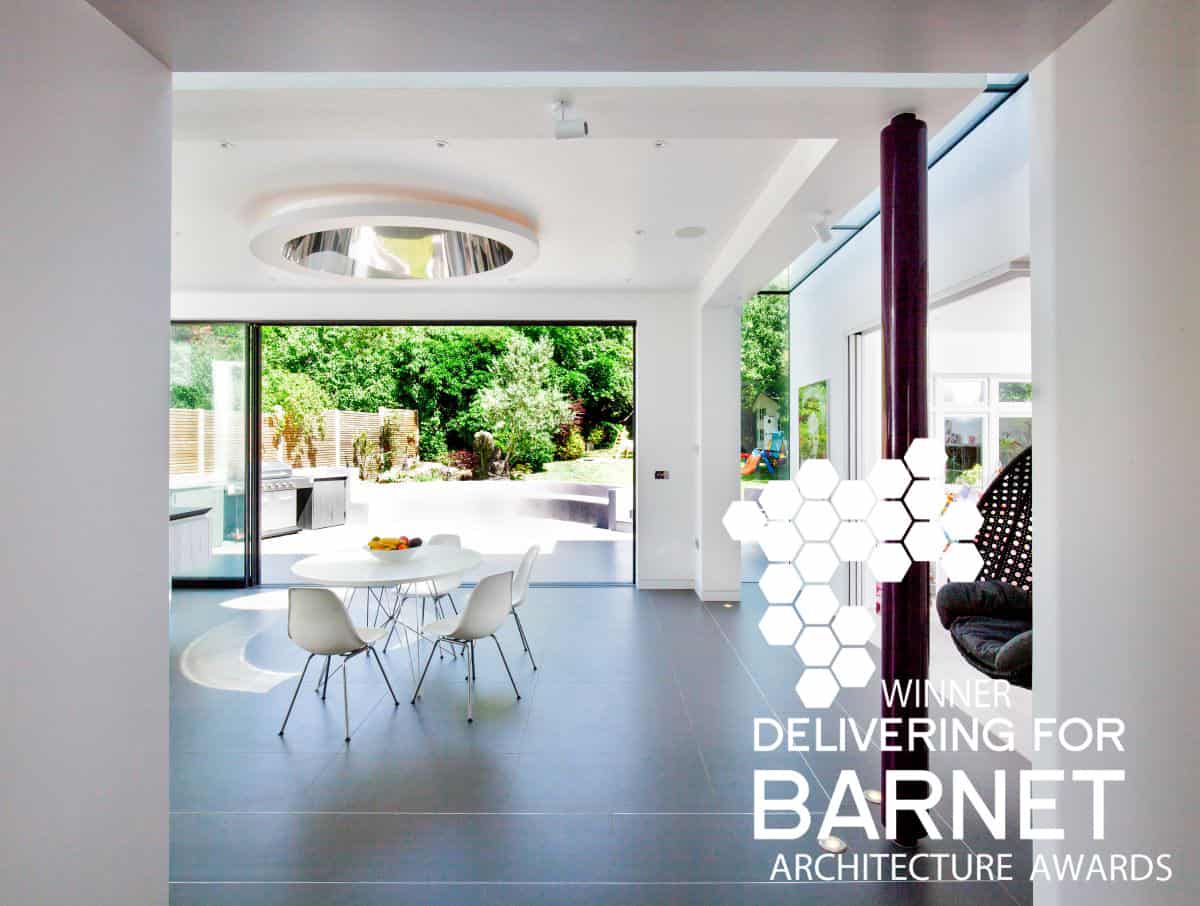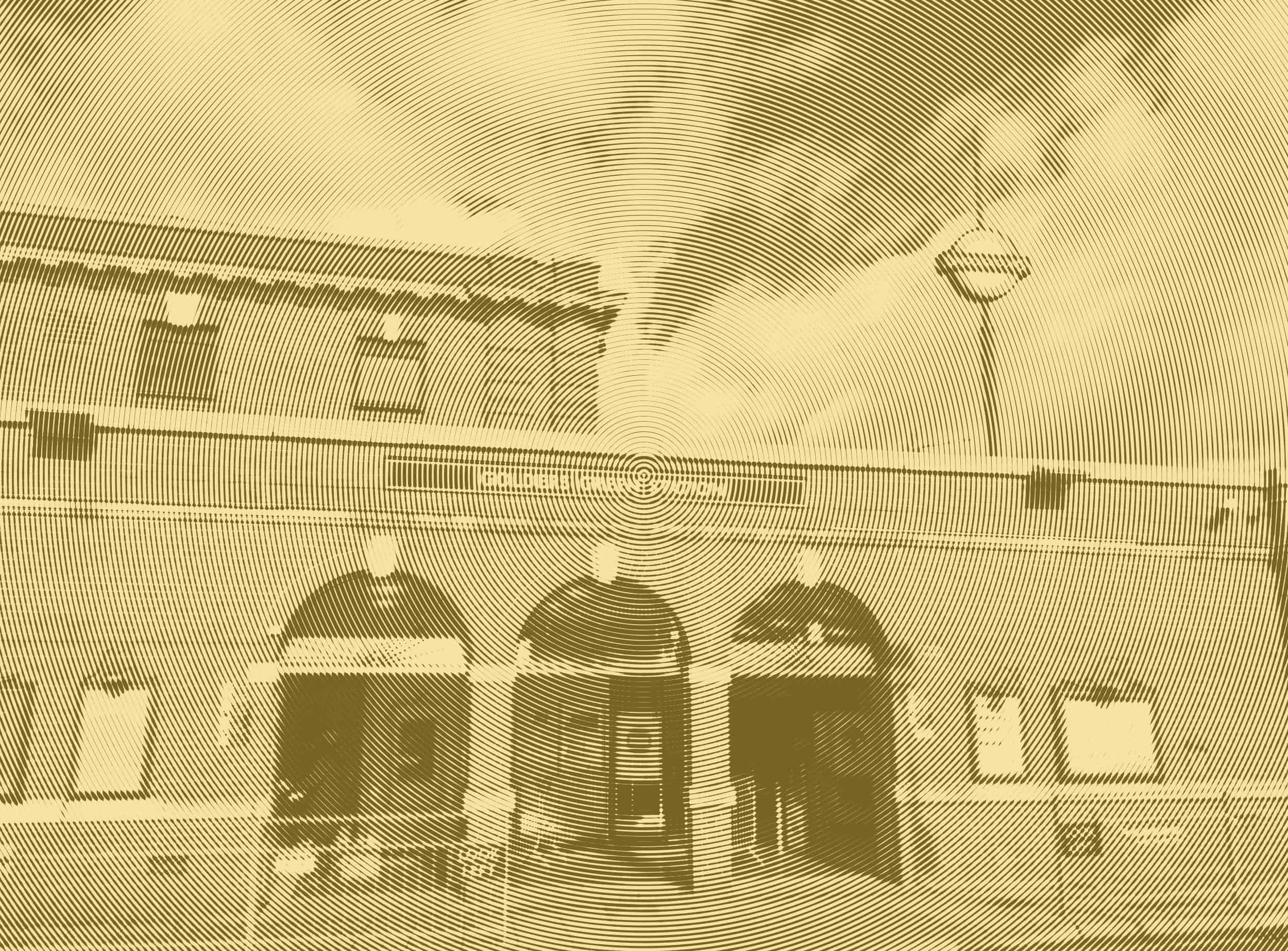Hampstead Architects
About XUL Architecture
Located in North London, XUL Architecture is a commercially minded, client centred architecture practice. We are efficient and responsive, and put particular focus on the client’s experience as well as in finding ingenious ways of bringing light into architecture.
We believe that creativity can overcome any practical challenges. We believe in the strength of natural light to positively improve physical space and the wellbeing, productivity and creativity of those who inhabit it. We believe that each of our clients is unique. Through listening and conversing we celebrate that individuality.
We listen to your needs and do what it takes to meet your expectations. Combining our energy, knowledge and talents to deliver fantastic client care and strive to develop relationships that make a positive difference to your lives.
We recognise how important it is being part of the local community. We reside in shop front premises which makes us accessible and approachable – our door is always open. Our aim is to build trust and aspire to be the “go to” local architect. We also try to bring the community together by organising local events.
Awards


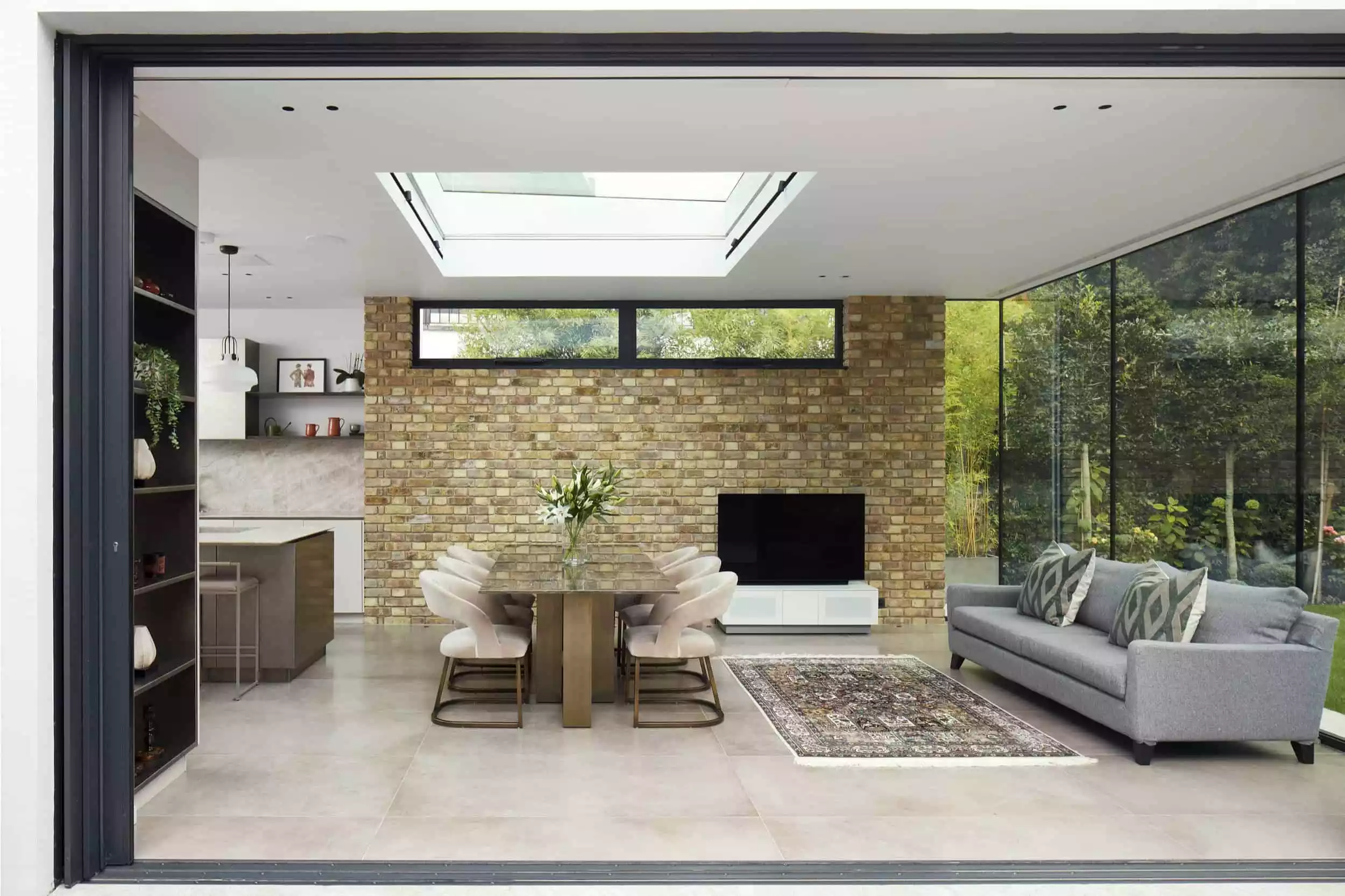
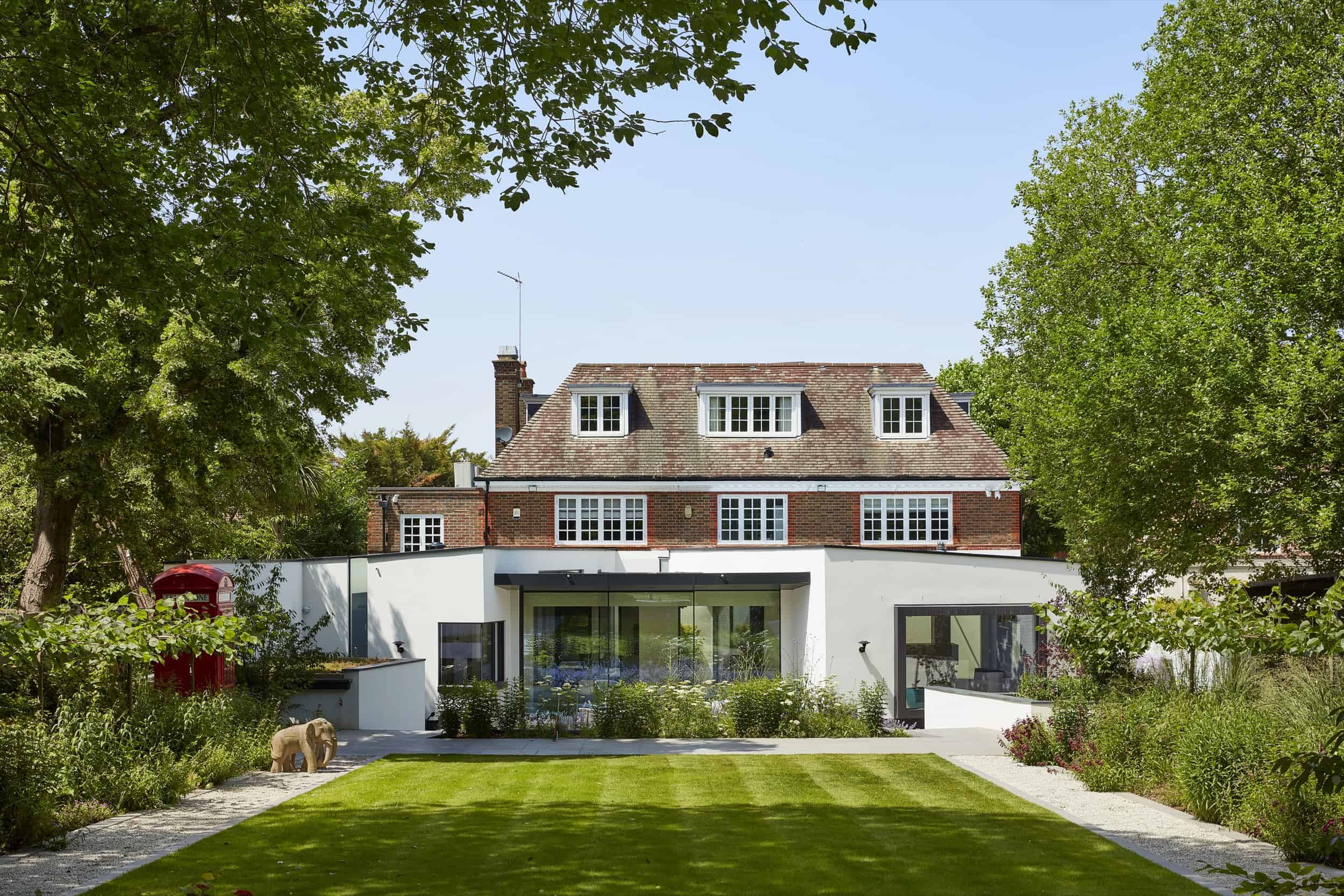


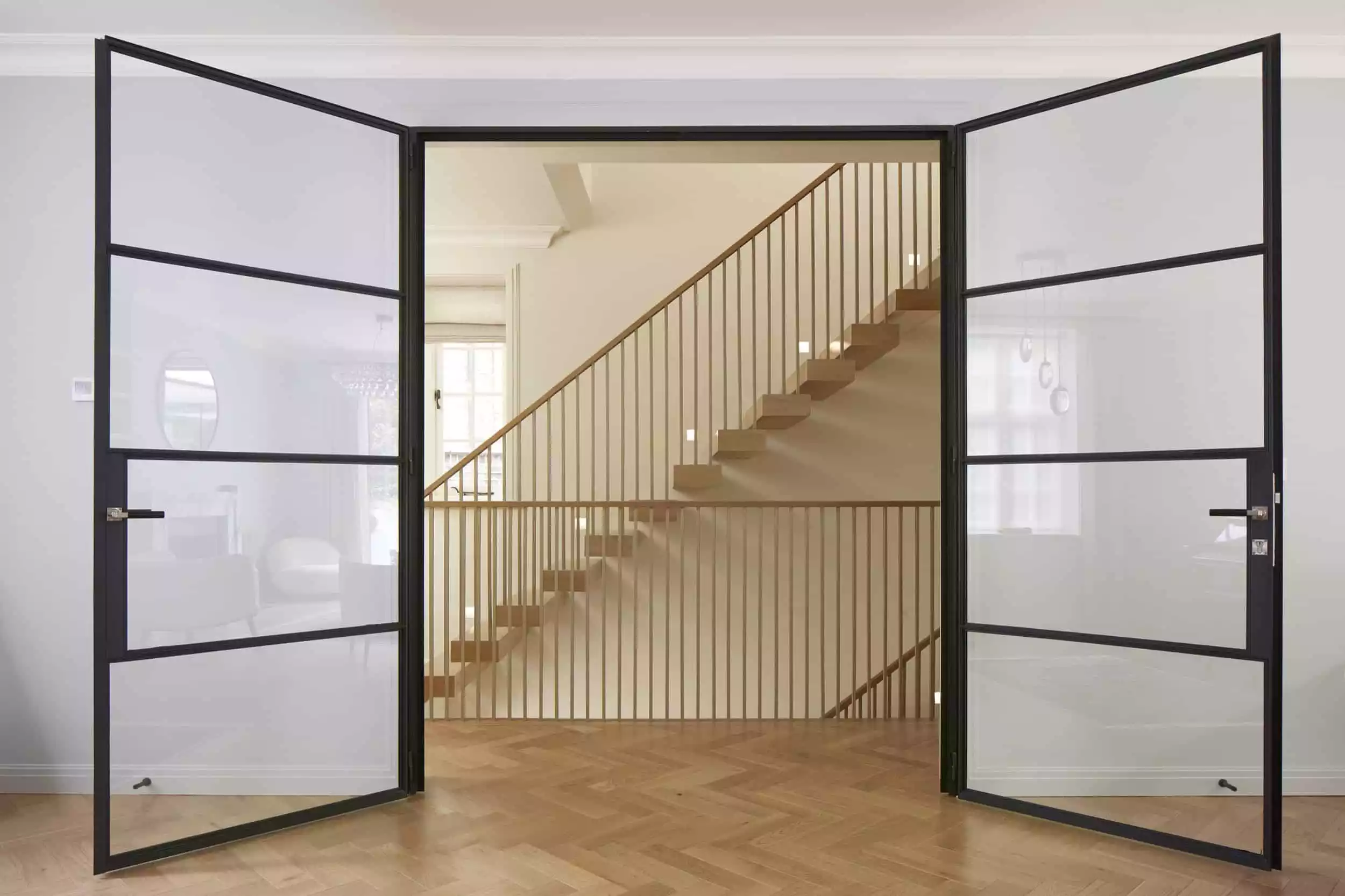
Featured Projects
We have multiple projects in progress and completed nearby Hampstead
300+ projects completed in Barnet, Brent, Camden and Haringey
We have worked on a number of boroughs in London. Most of our work is in Camden, Barnet, Haringey and Westminster, which are some of the most challenging boroughs in terms of Planning.
In any case we always do detailed research on any local constraints and regulations. On complicated projects and/or listed buildings we often work closely with a planning consultant. We are used to working on listed buildings and conservation areas.
Hampstead Architects
How we work
It can be a challenge to keep up with all the stages involved in designing and building or renovating a home. Our step-by-step method makes it easier.
We’ve created a platform (a bit like Dropbox) so you have every bit of information about your project at the click of a button. That means we’re all on the same page, and you’ll be able to put your hands on the plans and timeline exactly when you need them.
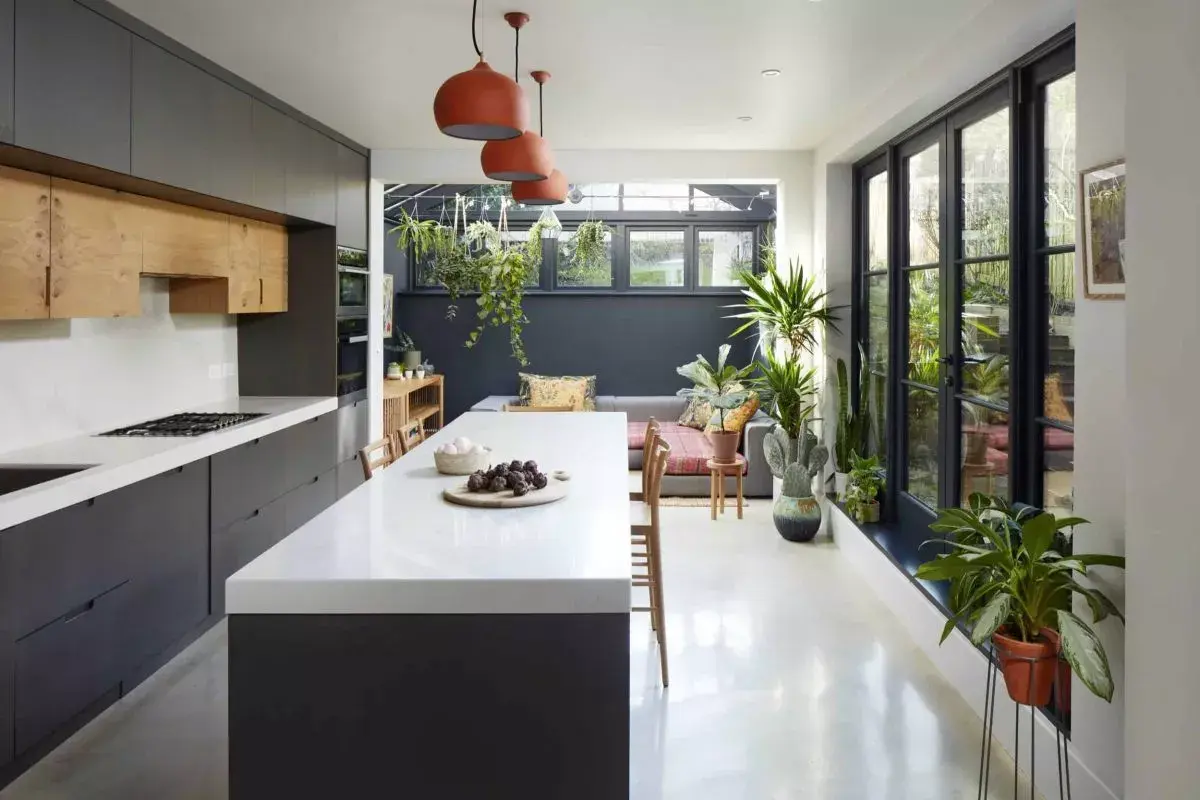
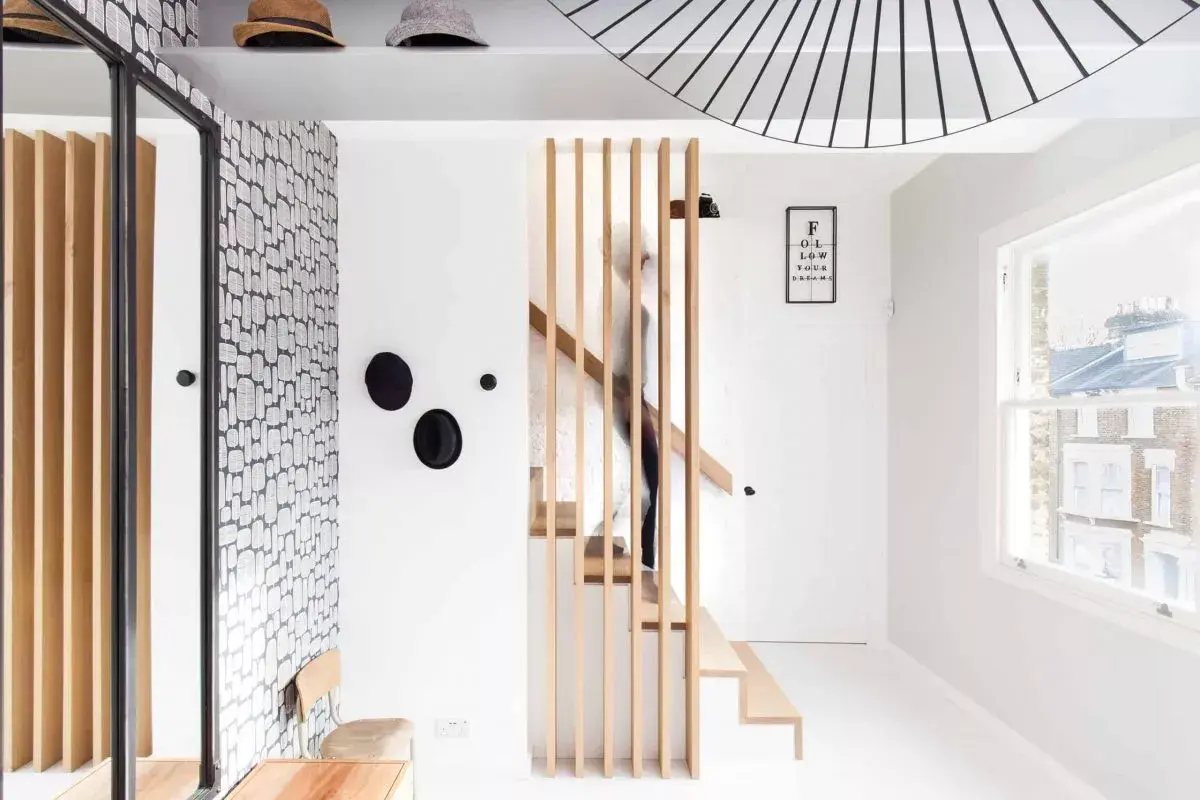
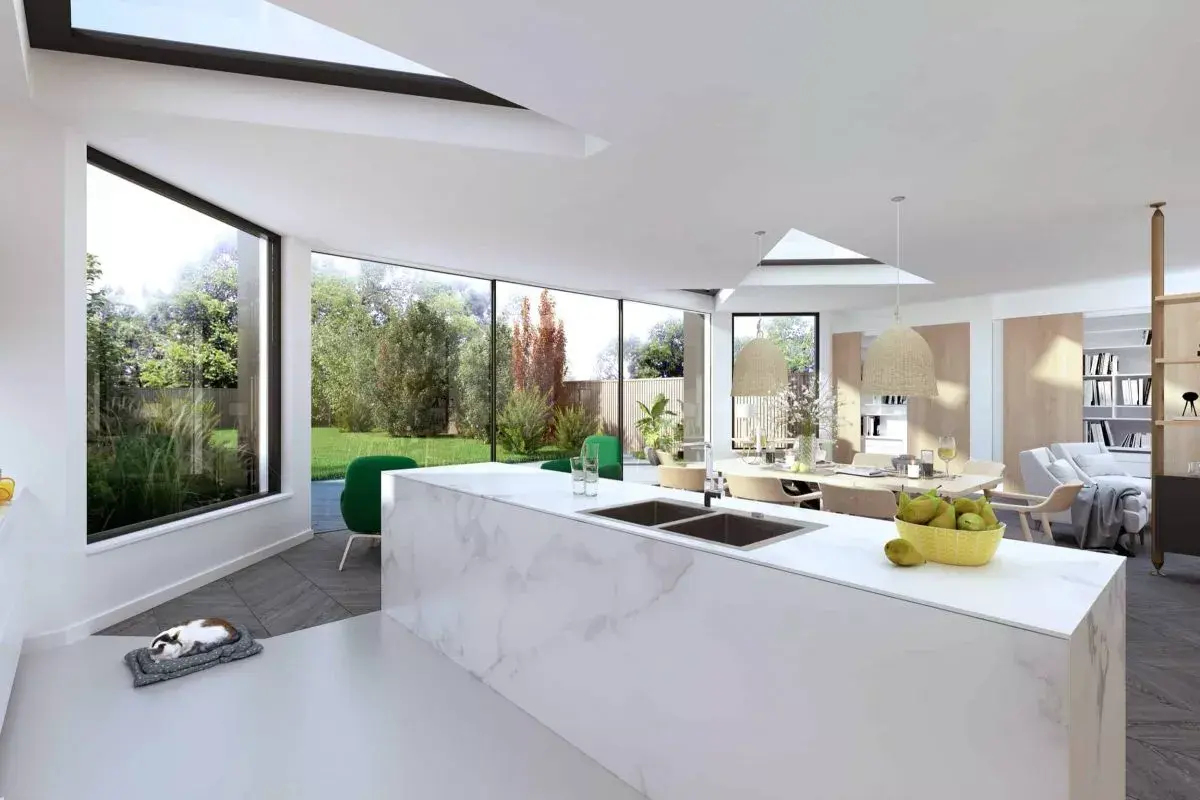

By explaining every stage carefully, we ensure that even if you’ve never worked with an architect before, you’ll feel confident, happy, and inspired – without fear of losing control of time or budget.
And we’re ingenious and innovative, not only in our design, but also in overcoming any hurdles in the logistics of your project. We’ll bring all our ideas out into the light and we’ll always take a ‘can do’ approach – but at the same time we’ll be clear and honest with you if something needs to be rethought.
Because while a beautiful home is the aim, it’s just as much about enjoying the journey to get there.
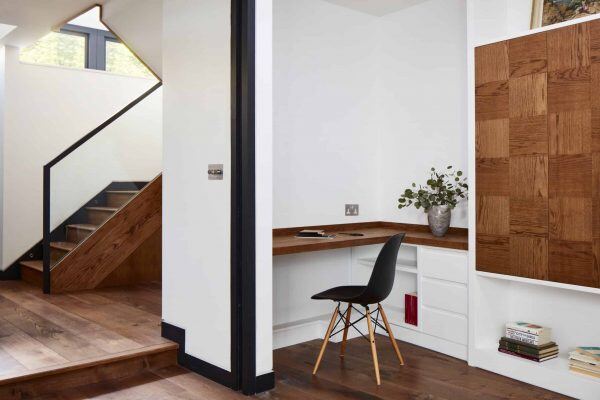
Hampstead Architects
Architecture driven by collaboration and lateral thinking
We believe in constant improvement and encourage change. Our lateral thinking allows us to creatively overcome challenges. Our motto is ‘there is always another way’! We always like to explore alternative design solutions as well as finding the right strategy to suit your needs.
We pride ourselves on having a unique outlook that combines our passion for enhancing our clients’ lives, with the ingenious use of abundant natural light; all whilst keeping the practicalities of the project and the realities of the budget in mind.
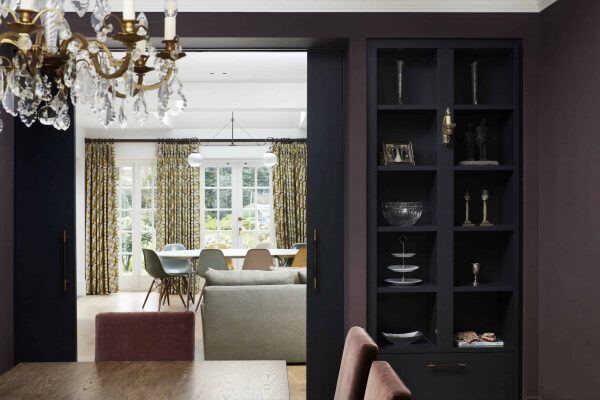
Hampstead Architects
300+ Projects Completed
Our team is comprised of people from all parts of the world, giving us a rich breadth of experience, cultural background, depth of talent and diversity of thoughts. This is accompanied by the added value of having a can do attitude when in front of any challenge. And of course, you can be involved in this creative process as much as you want to be. Design is a dynamic and interactive process!
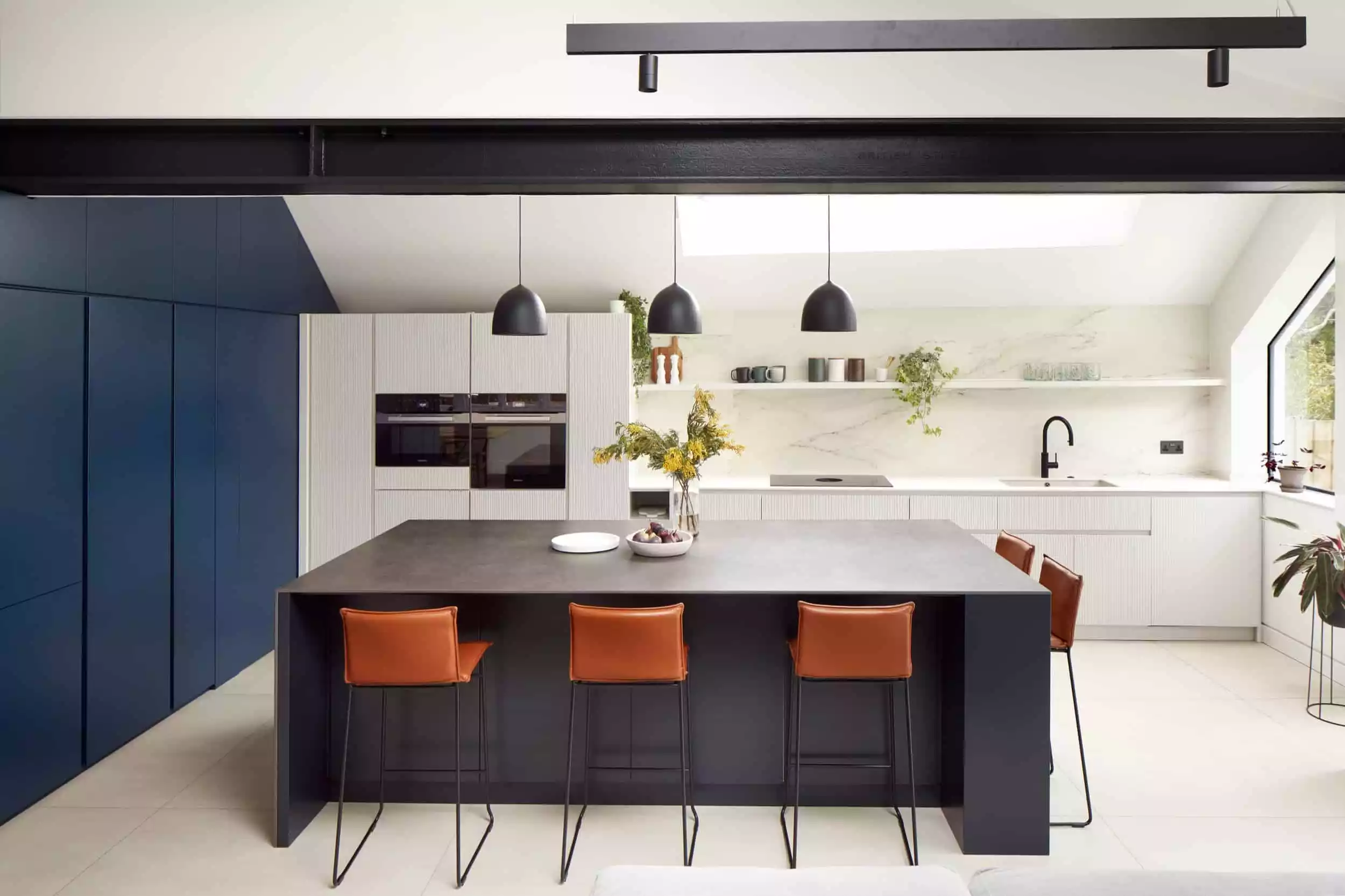
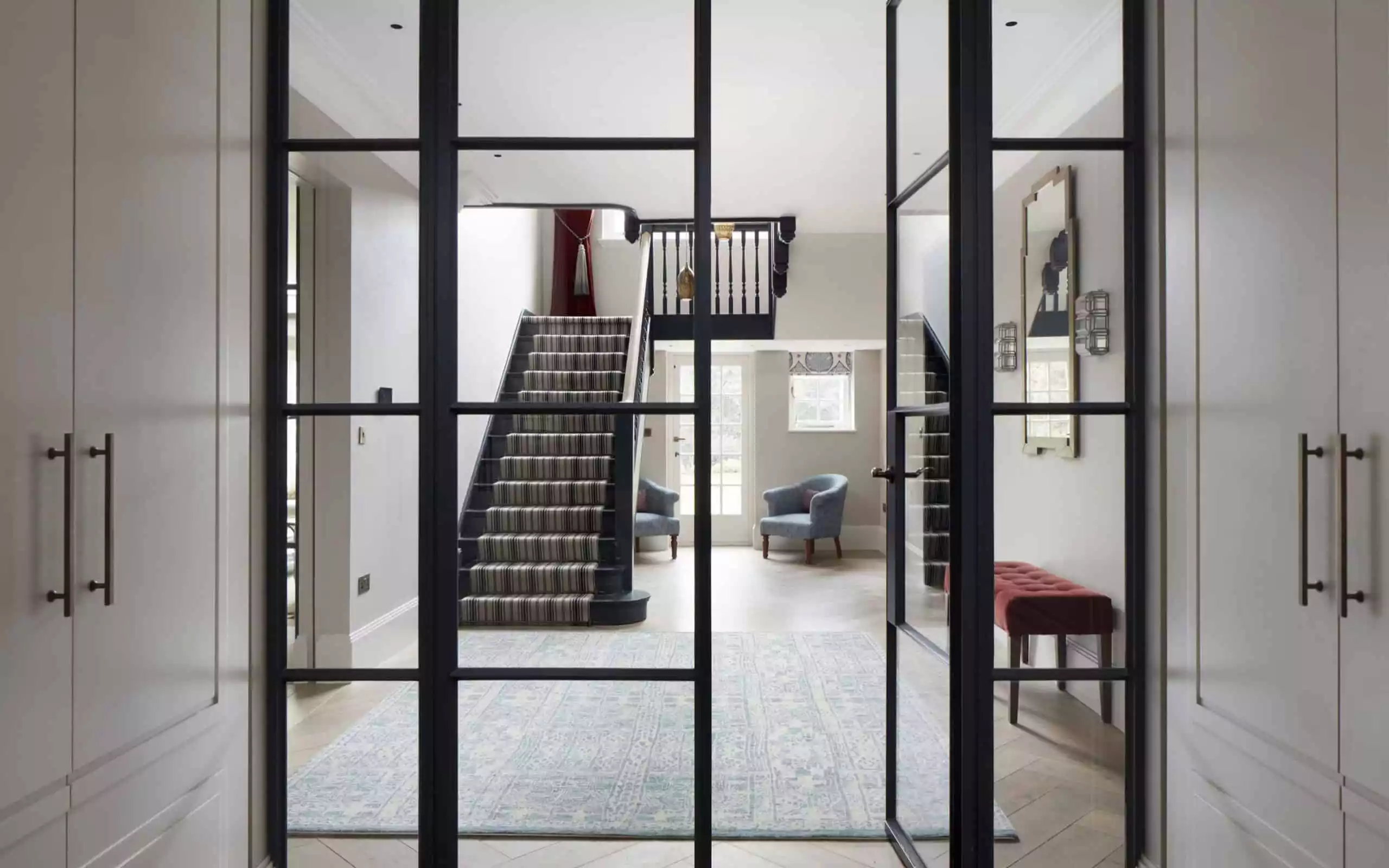

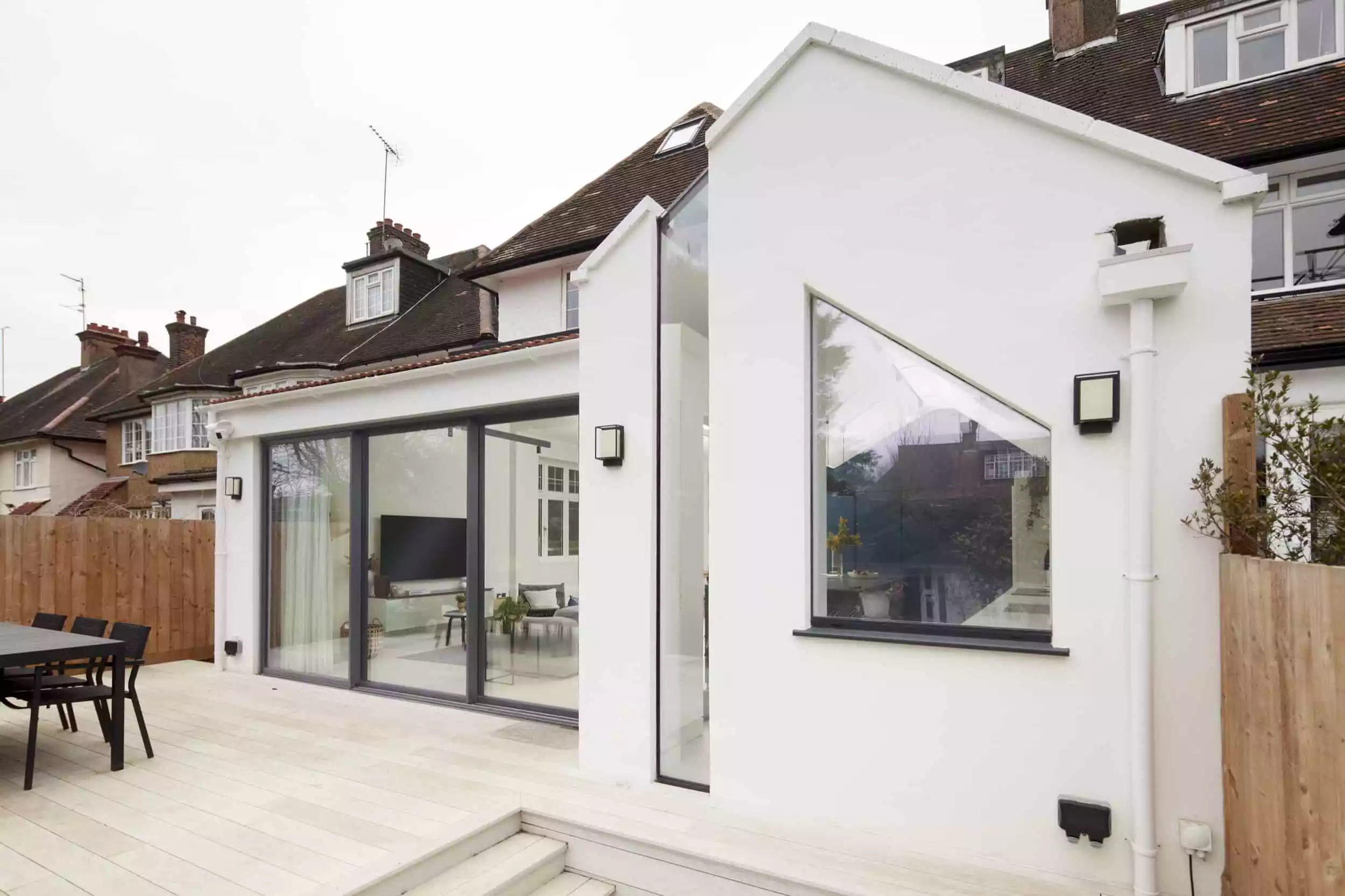
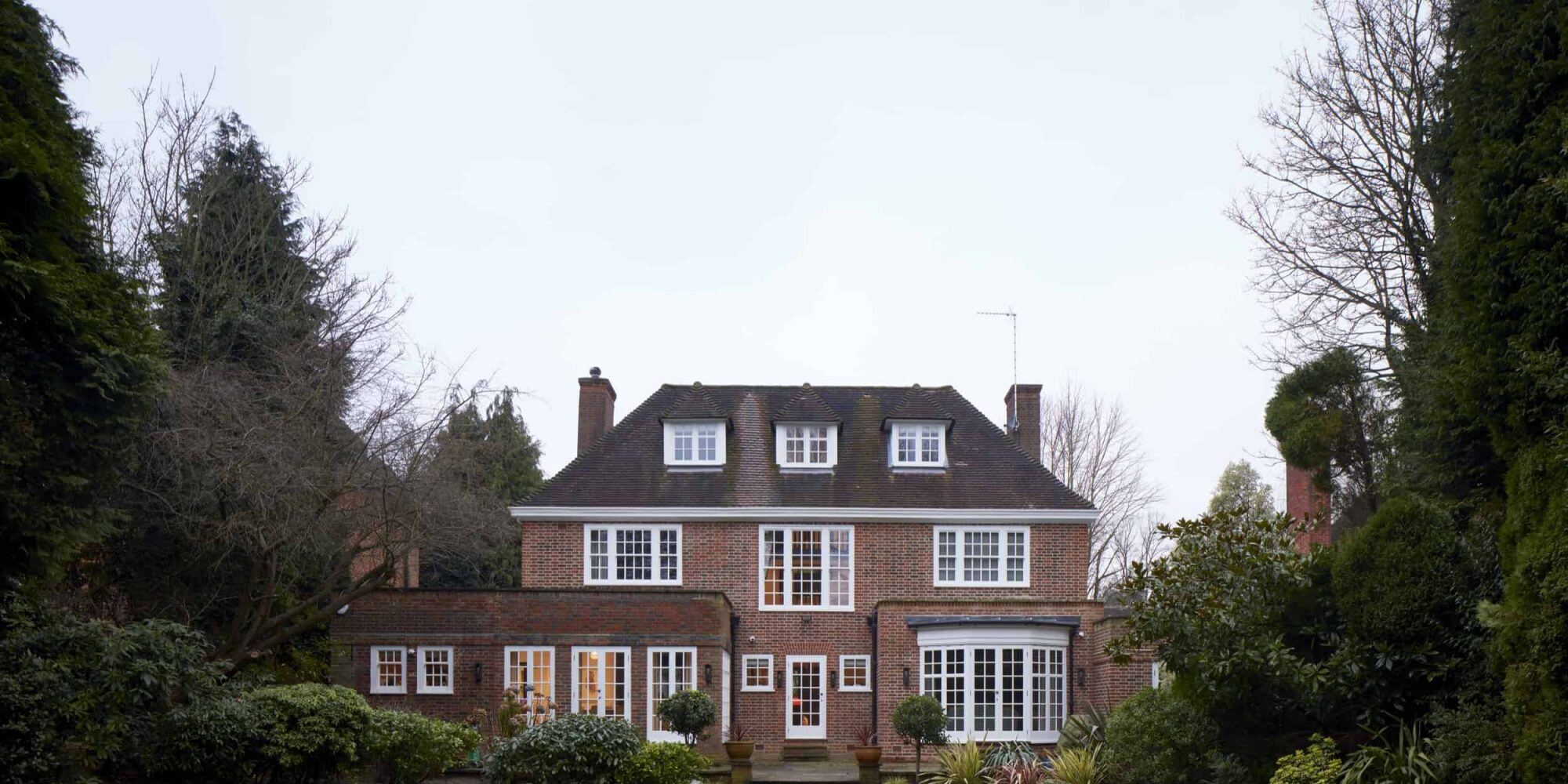
Hampstead Architects
Hampstead Architects
Advice on Home Renovations in Hampstead Conservation Area
If you’re living in Hampstead and looking to renovate your home, you first need to consider the ways in which Conservation areas and planning regulations might limit you. There are strict guidelines in place and planning permission is needed for many types of renovations within the conservation area. Find out more about this and what it means for your home renovation plans below.
Why is Conservation Required in Hampstead?
The diverse historic character of Hampstead is something local people in the area have been keen to preserve for many decades now. The 18th century architecture and character of the area is part of what makes it appealing to so many people, and the original features of the homes lend the area its charm. As a result, Hampstead was one of the first conservation areas that was created when the Town & Country Planning Act came into being in 1968, and remains vital to the area to this day.
Planning Controls in Place
There are many different types of planning controls that are in place in the conservation area of Hampstead. First of all, any works that enlarge or alter a property are regulated, and alterations to porches require planning permission. Painting buildings, adding to or altering roofs and chimneys and installing solar panels are all also subject to planning permission. Original gates and fences at the front of properties in Hampstead are also protected, and altering front gardens requires permission from the local authority too.
Alterations and Improvements
Historic windows and doors should be properly maintained, and the conservation area doesn’t always grant permission to change or replace these features. Things like secondary glazing can be installed to improve heat retention and lower energy consumption. Specialist companies can install double glazing if it replicates the style and aesthetic of the original windows, but this now also requires planning permission before work can begin. Altering doors and decorative details is also discouraged, with mouldings, columns and gable decorated brick and rendering seen as important to the character of the local architecture.
Porches
Many of the original porches found in properties in Hampstead have been in place since the mid-19th century. They’re protected by the local authority as they’re seen, again, as an important part of the local architecture’s style and character. There are porches of many styles and designs in Hampstead and making changes to them is not encouraged, and any changes should be submitted for approval by the local authority before work can go ahead.
Painting the Front of Properties
There are strict guidelines in place for painting the outside of the buildings in Hampstead. Buildings that display original unpainted brickwork on the exterior should never be painted, and it’s not likely planning permission for the painting of the exterior of these protected buildings will ever be granted. For render-fronted properties, the paint needs to match the original and needs to be a traditional permeable paint. If an appropriate paint can’t be found, the original should be left untouched according to the conservation area rules.
Roofs and Chimneys
Roofs and chimneys are considered to play a key role in upholding the style and aesthetic of the architecture in Hampstead’s conservation area. The 18th and 19th century homes have some very impressive chimneys and roof features, and the local authority is keen to protect them. When re-roofing, the material should match the original existing materials used. And the installation of any features such as solar panels and wind turbines needs to be approved by the local planning authority. Permission is often not granted if other options for energy efficiency measures can be found.
Walls, Railings, Fences and Hedges
Green front gardens and original boundary walls are considered very important in Hampstead. It’s part of what gives the area its reputation as a leafy and green part of London. Any attempt to demolish boundary walls and railings will be rejected by the local planning authority, and permission is usually denied when applications are made. Things such as hedges should be maintained as well, and any repair that’s carried out to any part of the walls, railings and boundaries should be carried out in a like for like manner.
Front Gardens
As we’ve mentioned, greenery is key in Hampstead, and that’s why preserving attractive front gardens is a top priority for the local authority. Removing vegetation and replacing it with any hard surfacing at the front of properties in the conservation area is now something that requires planning permission and is usually resisted by authorities.
Hampstead Architects
Thinking of Moving to Hampstead?
A refined, gorgeous, yet trendy suburb, with a rich history of academics, artists, and architecture, Hampstead has, for a long time now, been one of the most undeniable attractive corners of London. It has a reputation for affluence and taste and, as such, individuals, families and businesses alike vie to find their place in this hub of style, culture, and influence.
From the Edwardian architecture found throughout the suburb to the high-end eateries, prestigious brand stores, and chic coffee shops, Hampstead is a place for appreciating the finer shop of life. It also thrives on local produce and business, such as classy pups, cheesemakers, and butchers that lend a real feeling of community.
The history of Hampstead
Before its incorporation as a London suburb, Hampstead was a relatively modest village. With the population boom in the early 20th century, it became much more connected with London proper, including housing the University College School and new links to the London rail network. However, careful planning and architecture preserved much of the identity of its hedge-lined streets, Edwardian architecture, and open space, which lends it some of its most attractive lasting attributes to this day.
Living in Hampstead
As it is in such high-demand, house prices can be high in Hampstead, though there is a wide diversity of different properties. Edwardian homes, cottages, and multi-roomed Victorian estates line the roads. However, spacious flats and penthouses have been added since. Property prices can range from anywhere between £335,000 to over £5mil on average, while rents around £711. While living there may never be cheap, Hampstead has a health jobs economy of its own, with retail and development both thriving in the area, while locals run many independent businesses such as cafes, restaurants, boutique stores, music venues, and so on.
What to see and do
A lot of the attraction of both visiting and living in Hampstead comes from simply making your way around and taking in the gorgeousness of the meticulously planned suburbs, especially the wide range of preserved Victorian and Edwardian buildings. Overlooking the town from Parliament Hill with a picnic or getting into such lovingly maintained regency buildings like the Kenwood House can keep you busy enough.
Getting around
Hampstead is one of the more car-friendly parts of London, though parking, as ever, can still be difficult to find. However, the transportation links with the city are diverse and incredibly useful, with bus links to Victoria, Trafalgar Square, Kings Cross, Waterloo and Brent Cross. The Hampstead underground train station connects you to the rest of London easily for those in need of a commute. To get around the area, however, you could join the rest of the locals who take a bike to be both a little more sustainable in their travel, as well as to bask in the aesthetic of the neighbourhood.
Finding a place in Hampstead can be the hardest part of living there, with property prices on the competitive side and plenty of people to compete with them. When you get there, however, that peaceful, communal pace of life can let all those worries drift away quite easily.
.webp?width=600&height=1200&name=xspaniards-close-xul-architecture-matt-clayton-028-pw2atzkylkhcvn0tteio00jahbiau7v42yyirzu8dc.jpg.pagespeed.ic.QtJOTcQVWt%20(2).webp)












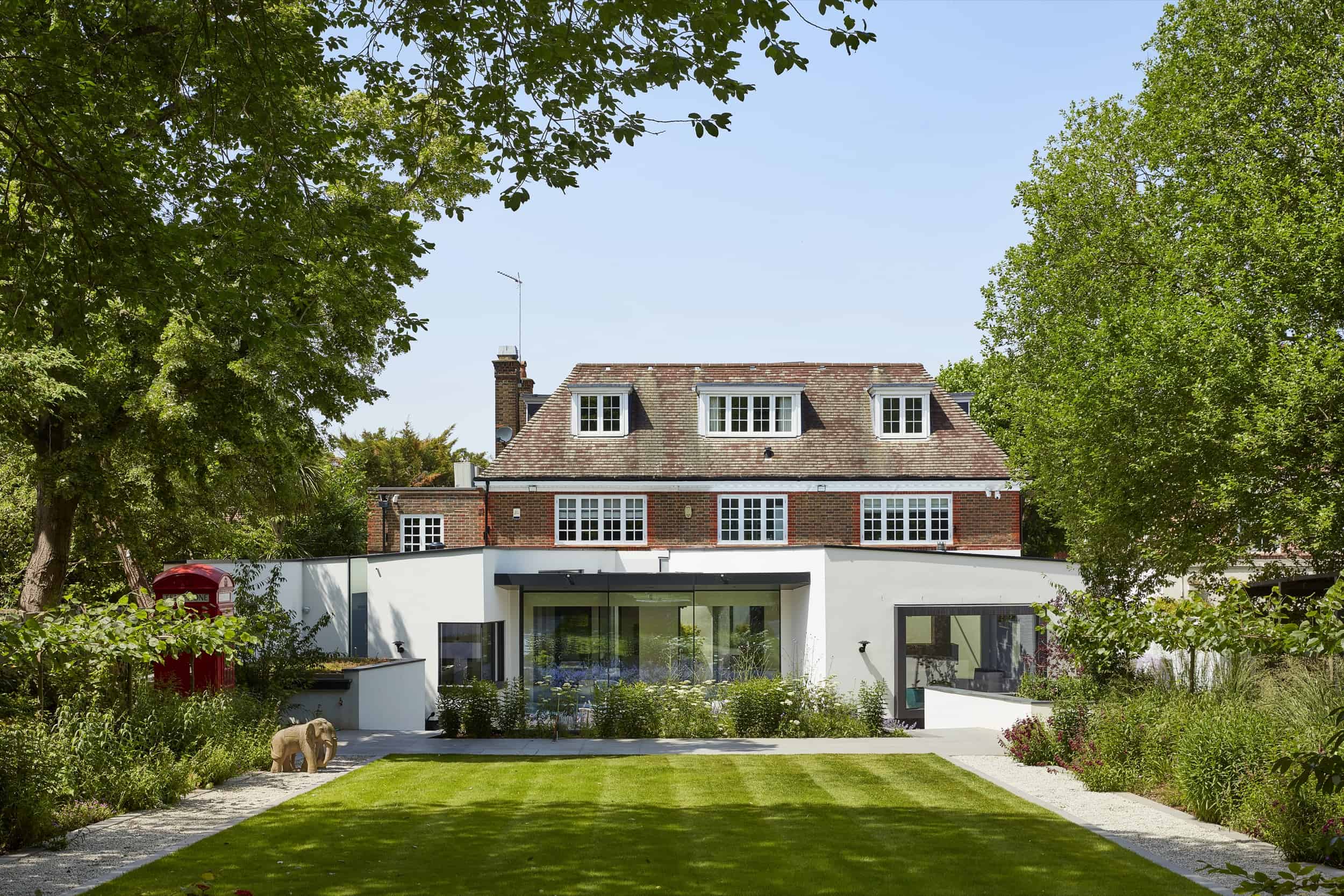
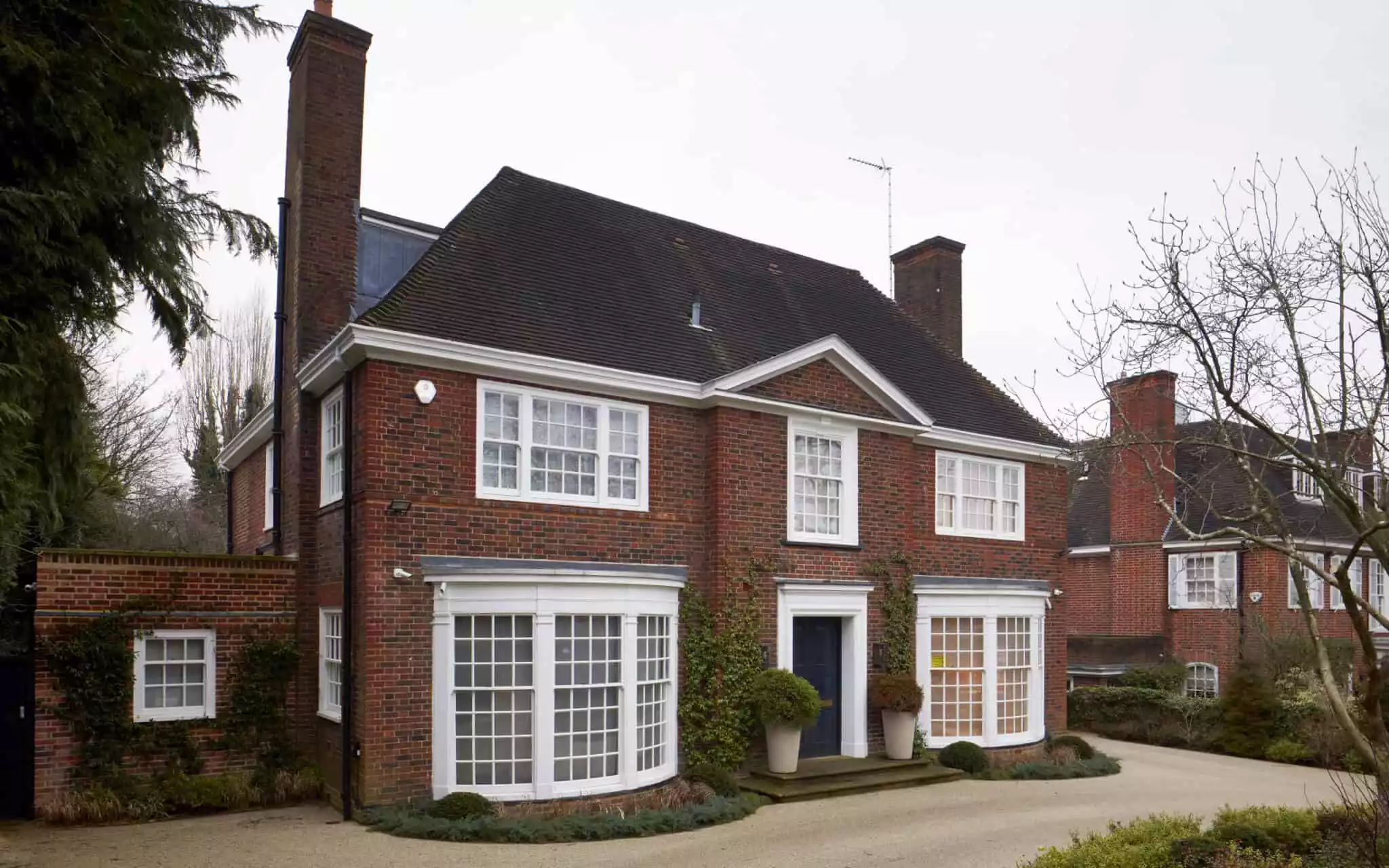

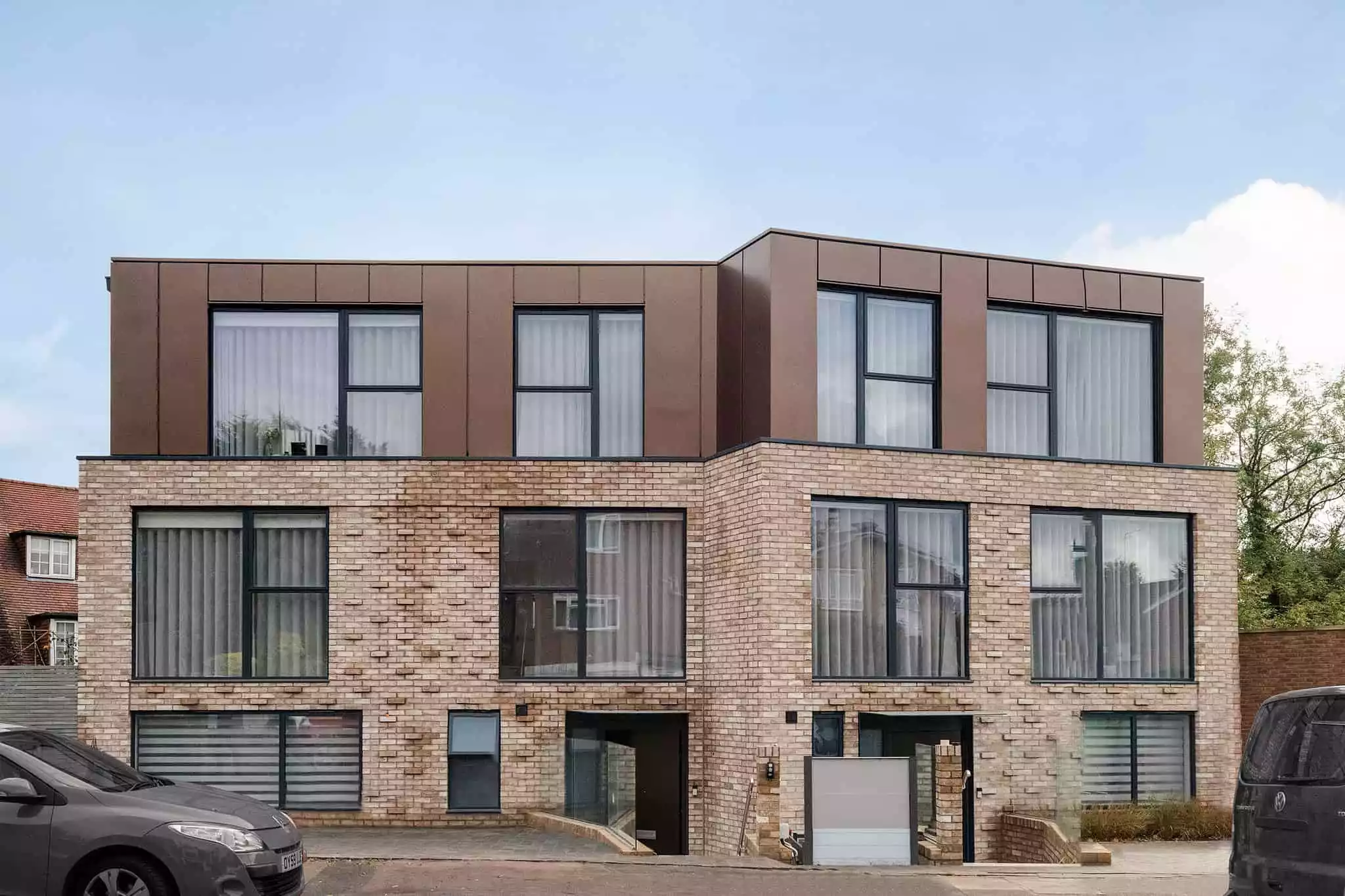
.jpg)
